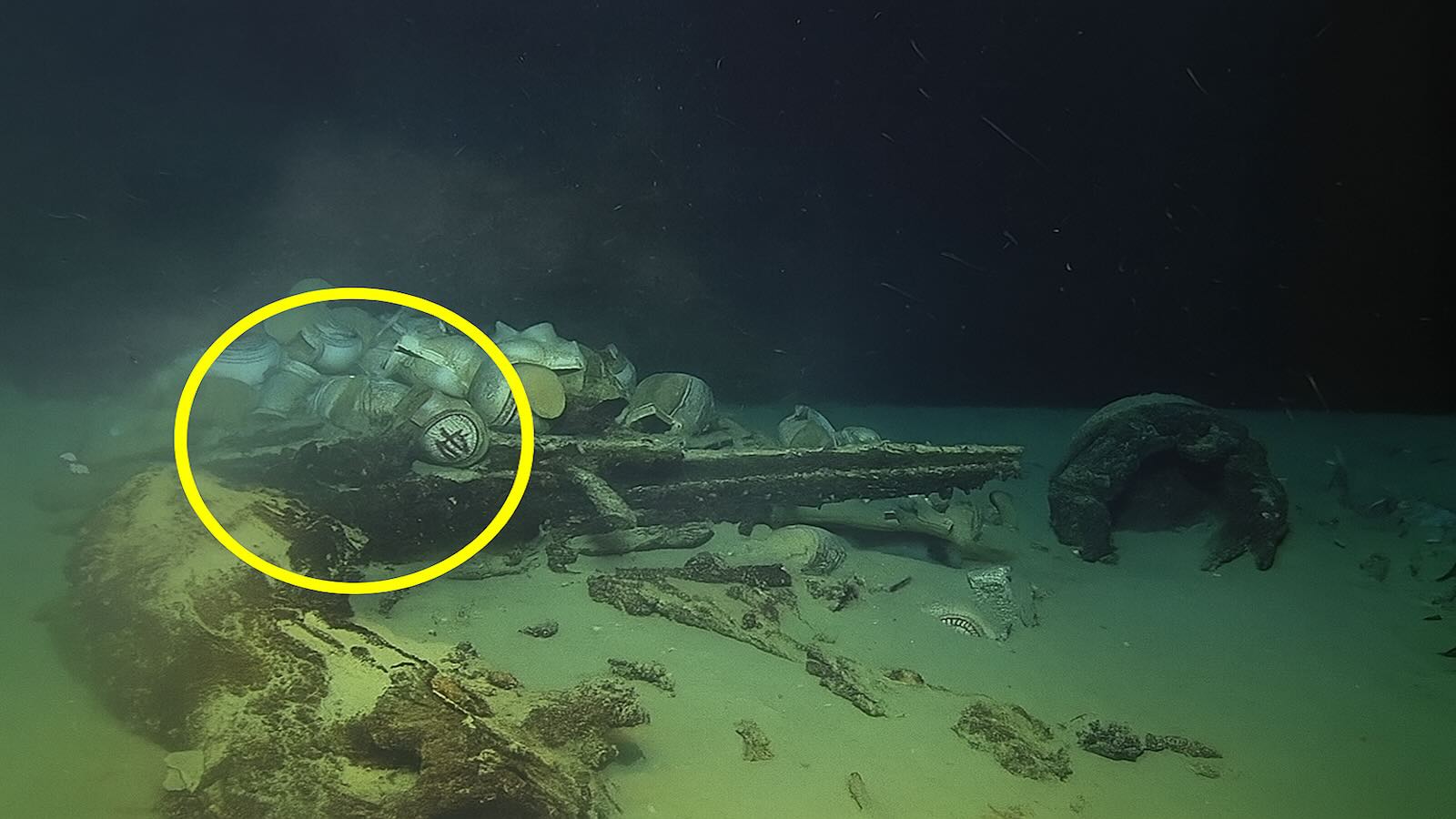In an extraordinary achievement, the French Navy has uncovered a Renaissance-era merchant ship resting an incredible 2,567 meters below the surface of the Mediterranean Sea. Found near Saint-Tropez, this discovery has sparked international fascination among historians and marine archaeologists, positioning France at the cutting edge of underwater archaeological research.
Historic shipwreck discovery breaks national depth record
Utilizing cutting-edge underwater drone systems, the French Navy recently pinpointed the site of a remarkably well-preserved 16th-century merchant ship, temporarily dubbed “Camarat 4” in reference to the nearby Cap Camarat. Measuring around 30 meters in length, the vessel has remained in a pristine state, safeguarded by the extreme underwater environment.
This level of preservation is due to a unique combination of near-freezing temperatures, complete darkness, and virtually no underwater currents. These rare conditions have prevented the usual decay that affects ships submerged in shallower zones, creating what experts describe as a “time capsule” from the Renaissance era.
Though this marks the deepest shipwreck ever discovered by France, it still falls short of the global record. That title belongs to the USS Samuel B. Roberts, a World War II destroyer located at 6,895 meters deep in the Philippine Sea. Found in 2022 by explorer Victor Vescovo, it is recognized as a protected American war grave.
The depth and mystery of these findings echo other ancient revelations, such as the discovery of millennia-old trees encased in ice in places where forests were never believed to exist, challenging our views of historical geography.
Renaissance trade secrets preserved in Mediterranean depths
Inside the Camarat 4’s cargo bay, researchers uncovered a trove of nearly 200 ceramic vessels adorned with floral designs, Christian crosses, and the sacred emblem “IHS.” Additional finds include iron ingots, pottery, a complete cannon, and an intact anchor, all adding to the ship’s historical significance.
Iron was a vital commodity during the Renaissance, akin to the importance of lithium-ion technology in modern economies. The bars were wrapped in organic fibers to protect against moisture damage, demonstrating advanced packing and shipping practices of the time. These contents suggest a complex and expansive trade operation linking ports across the Mediterranean.
The shipwreck grants scholars an unparalleled look at naval engineering and commercial exchange from the 1500s. Unlike wrecks in more accessible waters, Camarat 4 shows minimal damage from marine borers and other biological threats that typically degrade wood.
Because of the extraordinary condition of the vessel and its contents, scientists can investigate features rarely preserved in historical shipwrecks. Its impact is comparable to major technological breakthroughs, such as the James Webb Space Telescope’s first image of the galaxy’s central black hole.
Technology enabling exploration of extreme environments
This historic find showcases the powerful synergy between France’s DRASSM (Department of Underwater Archaeological Research) and the French Navy. Using sophisticated remotely operated vehicles (ROVs) outfitted with ultra-high-definition cameras, 3D scanners, and articulated robotic arms, the team was able to study the site in detail—without sending divers into the crushing depths.
Working 2,567 meters underwater presents extreme engineering challenges. The pressure at that depth is more than 250 times greater than at the surface, creating an environment as uninhabitable as outer space. This expedition highlights how today’s robotics and imaging systems make the inaccessible reachable, opening doors to hidden historical treasures.
Robotic arms will be used to gently extract select artifacts, which will then be stabilized and analyzed in labs. The extensive visual and sensor data collected during the mission will support years of research on Renaissance trade across the Mediterranean. The operation also underscores France’s strategic leadership in subsea logistics—they operate a third of the world’s cable-laying vessels, key to global infrastructure.
Such technologies are also critical in exploring other extreme frontiers, such as the bizarre creatures found in the ocean’s abyssal zones, which have evolved radical traits for survival in total darkness and crushing pressure.
Yet even in such remote locations, signs of human impact persist. Researchers spotted plastic debris, tangled fishing nets, and aluminum cans near the wreck site. These observations echo concerns elsewhere like how cold weather reduces the range of electric vehicles—reminding us that technology and environmental awareness must advance together.
Ultimately, discoveries like Camarat 4 prove that while exploring the deep sea, even minor clues can lead to major revelations. Just as a flicker of light once led astronomers to uncover a mysterious event deep in space, this mission continues humanity’s enduring quest to uncover the past and expand scientific frontiers.
